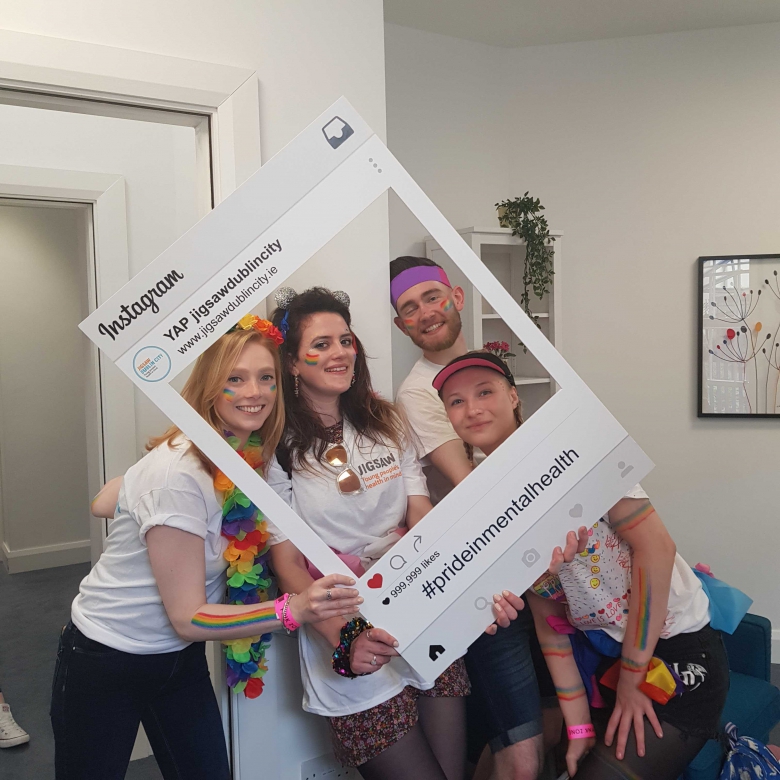Semantic Analysis Guide to Master Natural Language Processing Part 9
But what if this computer can parse those sentences into semantic frames? It will recognize that it is most probably a Motion_Directional frame. Then it will recognize that [The price of bananas] is Theme and [5%] is Distance, from frame elements related to the Motion_Directional frame. Frame semantic parsing task begins with the FrameNet project [1], where the complete reference available at its website [2]. While semantic analysis is more modern and sophisticated, it is also expensive to implement.
In the ever-evolving landscape of artificial intelligence, generative models have emerged as one of AI technology’s most captivating and… Autoregressive (AR) models are statistical and time series models used to analyze and forecast data points based on their previous… Besides, Semantics Analysis is also widely employed to facilitate the processes of automated answering systems such as chatbots – that answer user queries without any human interventions. Likewise, the word ‘rock’ may mean ‘a stone‘ or ‘a genre of music‘ – hence, the accurate meaning of the word is highly dependent upon its context and usage in the text. ‘Forward’ or ‘forward’ operates in two different contexts relating to other words. Syntactic Analysis is used to check grammar, word arrangements, and shows the relationship among the words.
How to build an NLP pipeline
Spacy Transformers is an extension of spaCy that integrates transformer-based models, such as BERT and RoBERTa, into the spaCy framework, enabling seamless use of these models for semantic analysis. AllenNLP is an open-source NLP library by the Allen Institute for AI. It specializes in deep learning for NLP and provides a wide range of pre-trained models and tools for tasks like semantic role labelling and coreference resolution. Thus, the ability of a machine to overcome the ambiguity involved in identifying the meaning of a word based on its usage and context is called Word Sense Disambiguation. The coherent structure of language above the level of sentences or clauses is known as discourse. It has meaningful connections between its utterances that are significant, to put it simply.
From Words to Intent – How NLU Transforms Customer Interactions – www.contact-centres.com
From Words to Intent – How NLU Transforms Customer Interactions.
Posted: Thu, 19 Oct 2023 14:36:59 GMT [source]
Neri Van Otten is the founder of Spot Intelligence, a machine learning engineer with over 12 years of experience specialising in Natural Language Processing (NLP) and deep learning innovation. Gensim is a library for topic modelling and document similarity analysis. It is beneficial for techniques like Word2Vec, Doc2Vec, and Latent Semantic Analysis (LSA), which are integral to semantic analysis. Future NLP models will excel at understanding and maintaining context throughout conversations or document analyses.
Table of Contents
The study of pragmatics examines how context influences meaning, including how statements are perceived in various contexts. The pragmatic analysis deals with word knowledge outside of texts and queries, which is comprehension. POS stands for parts of speech, which includes Noun, verb, adverb, and Adjective.
How AI is powering the growth of RegTech – The Paypers
How AI is powering the growth of RegTech.
Posted: Tue, 17 Oct 2023 07:25:00 GMT [source]
Another remarkable thing about human language is that it is all about symbols. According to Chris Manning, a machine learning professor at Stanford, it is a discrete, symbolic, categorical signaling system. Studying computational linguistic could be challenging, especially because there are a lot of terms that linguist has made. It can be in the form of tasks, such as word sense disambiguation, co-reference resolution, or lemmatization. There are terms for the attributes of each task, for example, lemma, part of speech tag (POS tag), semantic role, and phoneme.
A human would easily understand the irateness locked in the sentence. That leads us to the need for something better and more sophisticated, i.e., Semantic Analysis. Natural Language Processing or NLP is a branch of computer science that deals with analyzing spoken and written language. Advances in NLP have led to breakthrough innovations such as chatbots, automated content creators, summarizers, and sentiment analyzers.
We review the state of computational semantics in NLP and investigate how different lines of inquiry reflect distinct understandings of semantics and prioritize different layers of linguistic meaning. In conclusion, we identify several important goals of the field and describe how current research addresses them. Syntactic analysis, also referred to as syntax analysis or parsing, is the process of analyzing natural language with the rules of a formal grammar. Grammatical rules are applied to categories and groups of words, not individual words. The semantics, or meaning, of an expression in natural language can
be abstractly represented as a logical form. Once an expression
has been fully parsed and its syntactic ambiguities resolved, its meaning
should be uniquely represented in logical form.
What Would Happen if Pragmatics Didn’t Exist?
A sentence that is syntactically correct, however, is not always semantically correct. For example, “cows flow supremely” is grammatically valid (subject — verb — adverb) but it doesn’t make any sense. Argument identification is not probably what “argument” some of you may think, but rather refer to the predicate-argument structure [5]. In other words, given we found a predicate, which words or phrases connected to it. It is essentially the same as semantic role labeling [6], who did what to whom. The main difference is semantic role labeling assumes that all predicates are verbs [7], while in semantic frame parsing it has no such assumption.
We then process the sentences using the nlp() function and obtain the vector representations of the sentences. The purpose of semantic analysis is to draw exact meaning, or you can say dictionary meaning from the text. The work of semantic analyzer is to check the text for meaningfulness.
Understanding Semantic Analysis – NLP
It includes words, sub-words, affixes (sub-units), compound words and phrases also. All the words, sub-words, etc. are collectively called lexical items. In other words, we can say that lexical semantics is the relationship between lexical items, meaning of sentences and syntax of sentence.
- The following section will explore the practical tools and libraries available for semantic analysis in NLP.
- It goes beyond the surface-level analysis of words and their grammatical structure (syntactic analysis) and focuses on deciphering the deeper layers of language comprehension.
- For example, we want to find out the names of all locations mentioned in a newspaper.
- Once an expression
has been fully parsed and its syntactic ambiguities resolved, its meaning
should be uniquely represented in logical form.
Humans will be crucial in fine-tuning models, annotating data, and enhancing system performance. Enhancing the ability of NLP models to apply common-sense reasoning to textual information will lead to more intelligent and contextually aware systems. This is crucial for tasks that require logical inference and understanding of real-world situations. Understanding these semantic analysis techniques is crucial for practitioners in NLP. The choice of method often depends on the specific task, data availability, and the trade-off between complexity and performance. The study of pragmatics examines how context influences meaning, including how statements are perceived in various contexts (or the interpretation of linguistic meaning in context).
Read more about https://www.metadialog.com/ here.








